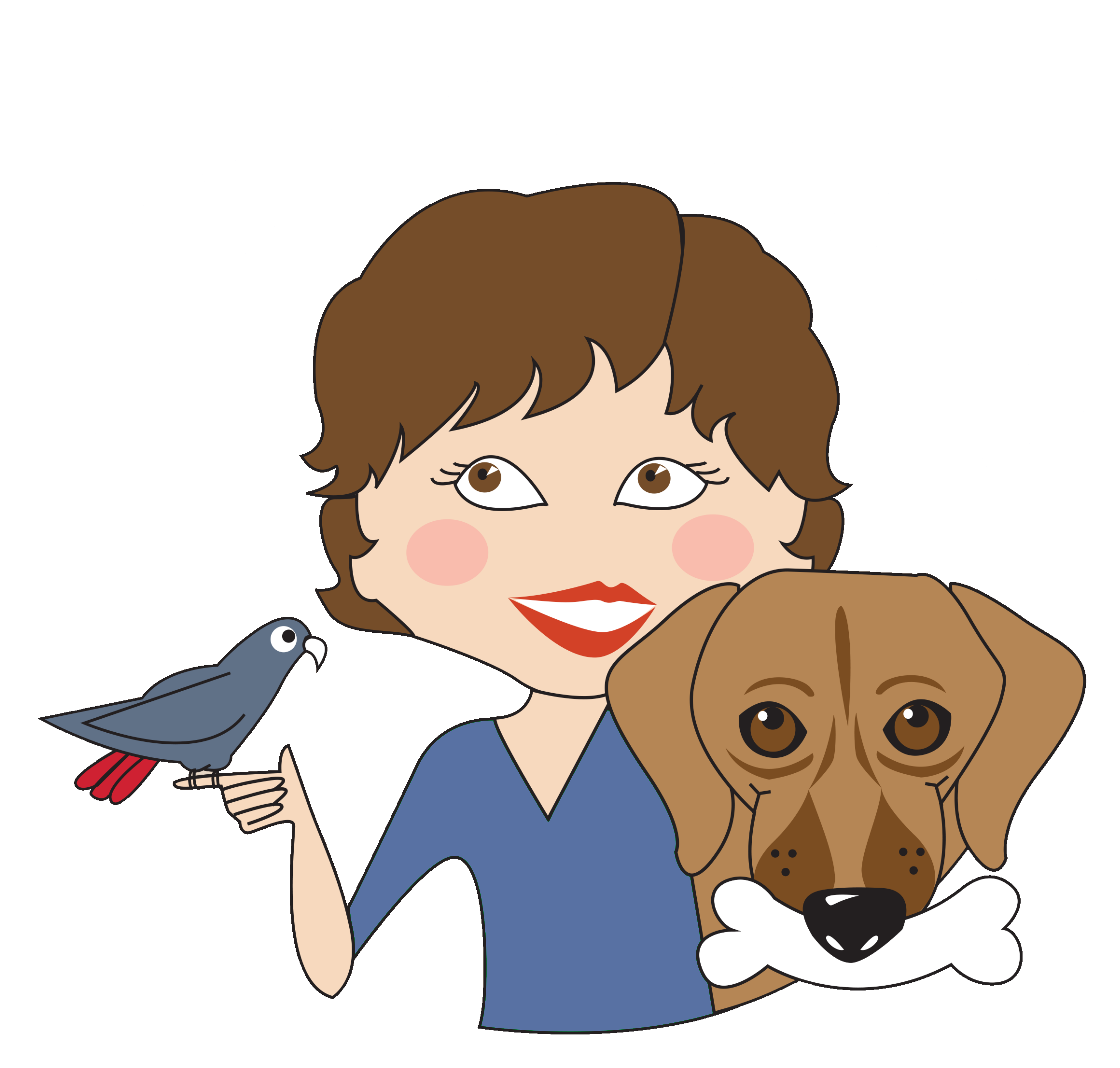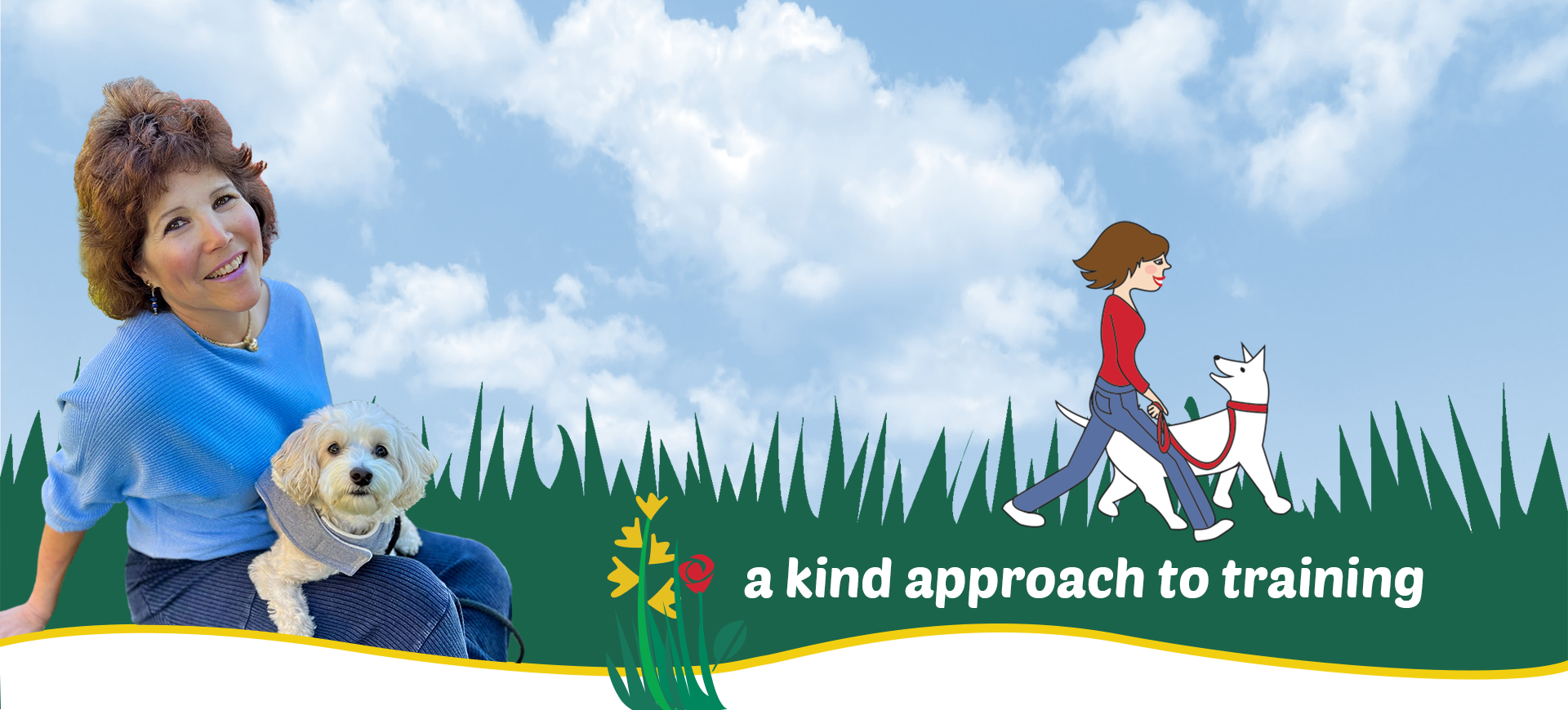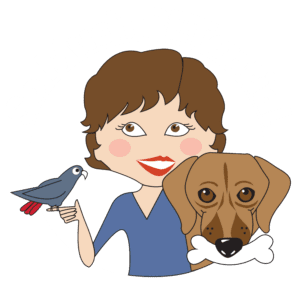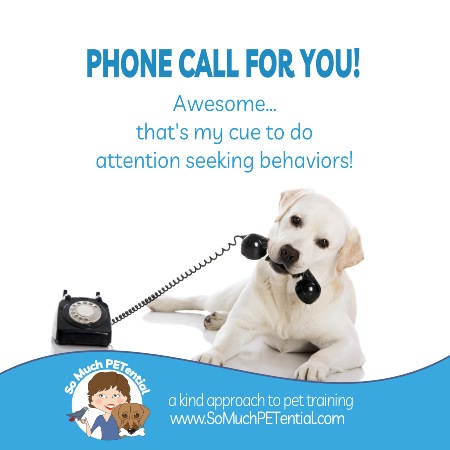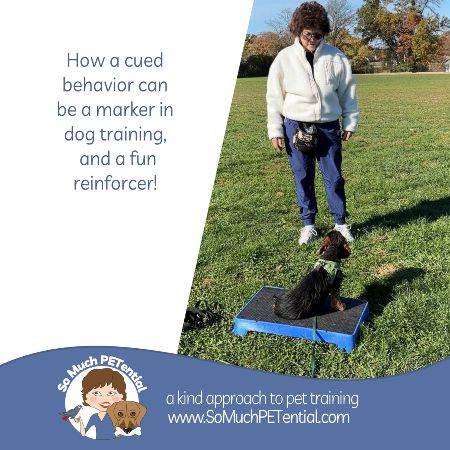If you are like a lot of pet parents, you may think about dog training as that time you spend focused on teaching your dog specific behaviors like sit, lay down or come. However, teaching and learning is going on all the time. If you are frustrated and want to have a better-behaved dog, consider that what happens between your training sessions matters.
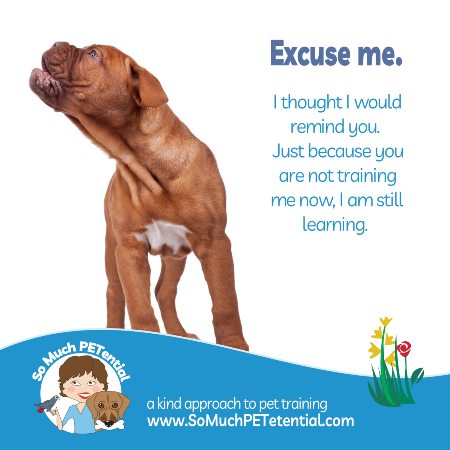
Every waking moment of every day and every interaction your dog has with you and the environment is teaching your dog what works, what matters, and what associations to have.
For all of us, humans, dogs and other species, behavior has a function. It helps us to get more of what we want or need, whether that is distance from something unpleasant or an opportunity to get something of value (operant behavior). It can also a reflexive, involuntary response brought on by a stimulus in the environment (respondent behavior) such as panting or rapid breathing.
If you find yourself frustrated with your dog’s behavior, think about your dog’s perspective. What purpose does that behavior serve for your dog?
To find your answer, look to the consequence of that behavior (s). What happens because of that behavior (the consequence) is what ultimately ‘teaches’ that behavior.
Does attention, food, play, an opportunity to go outside, an opportunity to meet another dog happen AFTER your dog barks and spins? Guess what? The barking and spinning is working for your dog to get all those valued outcomes. These behaviors are worth your dog repeating and even intensifying!
If you do not like the barking and spinning, ask yourself what you can do to structure things so that the problematic behavior is less likely to happen. (In order to change behavior, managing to prevent rehearsals of the problem behavior is very important.) Also, ask yourself what
behavior you would rather your dog do instead and focus on teaching THAT to your dog.
Does avoiding having to go into a crate, being bear hugged, or having a toy taken away follow your dog growling, snarling, lunging, or biting? Yep, you guessed it. ‘Aggressive’ dog behaviors such as these have the intent of creating distance. And, they often work. Unfortunately, if your dog has needed to escalate his communication behaviors to this level, it is usually because your dog has tried to communicate with less pronounced body language and that lesser body language (like turning away, stiffening, blinking, yawning) have not worked. This is why it is very important to learn how to recognize and ‘listen’ to what your dog is telling you. Please see this blog post on dog body language (with videos) to learn to recognize dog stress signals.
When you ask your dog to do something (or you do something to your dog) and you see your dog blink his eyes, yawn, stretch, groom himself, hold his ears back, do a tongue flick, these are dog stress behaviors that indicate your dog is uncomfortable. Pay attention to changing something about what you are doing or the environment to help your dog feel better in that moment. If it is a response to a certain environment such as a busy park, a dog class, it may mean moving further away or leaving.
It could also be that your dog’s behavior is rooted in an underlying physiological condition. Maybe your dog is in pain and is more sensitive to touch or physically cannot do an activity. Maybe your dog has a GI issue, an infection, or something else. If you see a sudden change in behavior, definitely get your dog examined.
And one more thing…it could be that your dog’s biological needs are not being met and that is causing your dog to do what he needs to do to feel fulfilled. Time and again when I help clients come up with dog enrichment ideas that help their dog to do natural behaviors (foraging, sniffing, tearing apart, as examples), they report positive changes in their dog’s behavior.
If you have priorities for what a ‘better-behaved dog’ looks like in certain situations, be proactive and:
think about what behavior you can teach your dog instead to get the same value as the
unacceptable behavior
structure the environment to prevent practice of the unacceptable behavior
*if* the unacceptable behavior happens (because mistakes can occur), do not add
reinforcement to that behavior, and try not to use punishment
Also, ask yourself, is your dog getting his needs met? If not, how can you help your dog to get those needs met?
If your dog is stressed, ask yourself what changes you can make to help your dog feel better and safer?
It can also be a good idea to have your dog examined by your vet.
If you would like help with any of this, please reach out to me or another qualified trainer. I’d welcome the opportunity to be there for you.
